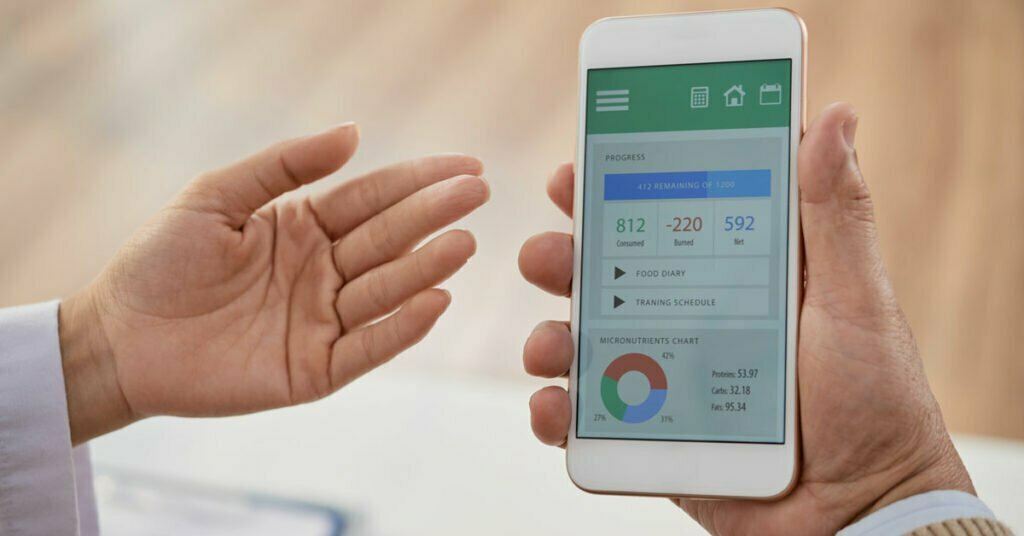Wireless patient monitoring is an essential tool in modern healthcare, with the technology constantly evolving to provide more efficient and accurate patient monitoring. According to a study published in the National Library of Medicine, wireless patient monitoring systems have been found to significantly improve patient outcomes by allowing for the continuous monitoring of vital signs such as blood pressure, heart rate, and oxygen levels, giving healthcare providers real-time information on the condition of their patients.
Wireless patient monitoring technology can be used in a variety of settings, from hospitals to care facilities, and even in patients’ homes. With the increased use of mobile devices and wireless technology, healthcare providers are now able to provide more efficient and effective care, leading to improved patient outcomes.
This ultimate guide to wireless patient monitoring is designed for healthcare providers to learn about the benefits of wireless patient monitoring and the best practices for implementing it in their practice.
The Basics of Wireless Patient Monitoring Systems
A wireless patient monitoring system is a technology that allows for the continuous monitoring of a patient’s vital signs such as blood pressure, heart rate, oxygen levels, and more. The system is designed to provide healthcare providers with real-time information about their patients, which can be used to improve the quality of care and patient outcomes.
The components of a wireless patient monitoring system typically include sensors that are placed on or near the patient’s body to collect physiologic data, a wireless transmitter that sends the data to a monitoring device or central hub, and a software or application that allows healthcare providers to view and analyze the data. The monitoring devices or central hub can be connected to a computer, mobile device, or display, which allows healthcare providers to view patient data remotely or at the point of care.
There are several types of wireless patient monitoring systems available on the market, including:
- Wearable devices such as smart watches, fitness trackers, or dedicated monitoring devices that are worn by the patient.
- Wireless bedside monitors that can be placed in a patient’s hospital room.
- Portable monitoring devices that can be used to monitor patients during medical transport or routine check-ups.
Wireless patient monitoring systems can be used in a variety of settings, including hospitals, care facilities, and even in patients’ homes. They can be especially useful in emergency or pandemic situations where patient monitoring often needs to be done remotely, quickly and precisely. Furthermore, this technology is particularly beneficial for patients with chronic conditions who require ongoing monitoring to manage their disease.
How Wireless Patient Monitoring is Used in Healthcare
Wireless patient monitoring is used in a variety of healthcare settings to improve the quality of care and patient outcomes. Here are a few examples of how wireless patient monitoring is used in healthcare:
- In-hospital use: Wireless patient monitoring systems are often used in hospitals to monitor patients in critical care units, emergency rooms, and other high-acuity areas. The systems allow healthcare providers to continuously monitor vital signs and quickly detect any changes in patient condition, which can help prevent deterioration and improve patient outcomes.
- Remote monitoring: Wireless patient monitoring is also used in remote or home care settings to monitor patients who are recovering from an illness or injury, or who have chronic conditions such as heart failure or diabetes. Remote monitoring allows healthcare providers to monitor patients from a distance, which can be especially useful for patients who live in rural or remote areas.
- Emergency and pandemic situations: Wireless patient monitoring can be used during emergency and pandemic situations to help healthcare providers quickly and remotely identify patients who are at risk of deterioration and take appropriate action. With the help of wireless monitoring, healthcare staff can focus on patient care and avoid unnecessary interactions.
- Monitoring patients with chronic conditions: Wireless patient monitoring can be especially beneficial for patients with chronic conditions such as heart failure, diabetes, and chronic obstructive pulmonary disease (COPD), who require ongoing monitoring to manage their disease. Wireless monitoring can provide healthcare providers with more accurate and reliable information on patient status, which can help improve patient outcomes.
- Monitoring patients during medical transport: Wireless patient monitoring can be used to monitor patients during medical transport, whether it be between care facilities, or from the hospital to their home, it allows for healthcare providers to be aware of any changes in the patient’s condition and make adjustments accordingly.
DrKumo’s Remote Patient Monitoring Technology Solutions
DrKumo offers a technology-based solution for remote patient monitoring, which is particularly useful for chronic disease management, acute care, post-operation recovery, and hospital care at home. The technology is user-friendly and powered by cutting-edge features such as real-time monitoring, AI/ML, HIPAA compliance, and URAC certification.
DrKumo’s uniquely secure RPM technology allows patients to manage their health from home and healthcare providers to intervene in a timely manner. DrKumo aims to improve access to quality healthcare worldwide and has a culture that prioritizes innovation, collaboration, and technology.
Takeaways
Wireless patient monitoring is an important technology that can help healthcare providers monitor patients remotely during medical transport and at home. DrKumo is a leader in providing real-time remote patient monitoring solutions for various healthcare needs. DrKumo offers advanced technology, scalability, and the ability to improve patient outcomes while also reducing costs for healthcare providers.
Are you a healthcare provider looking for user-friendly and reliable remote patient monitoring solution? Contact DrKumo now.









